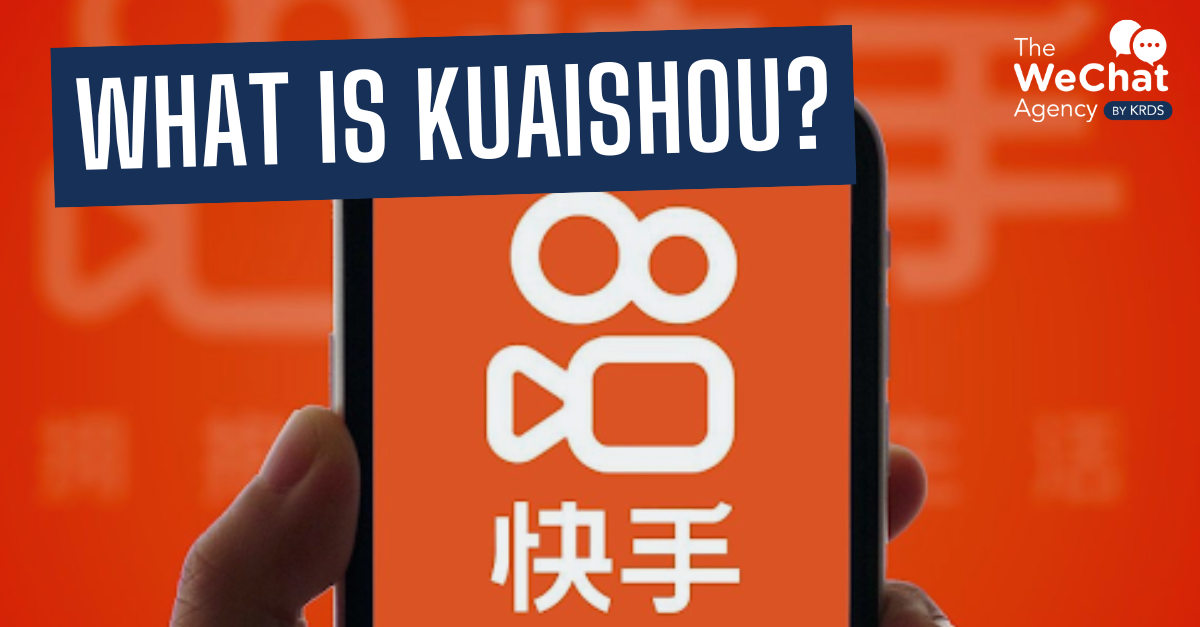Introduction
China has 574 million active mobile internet users and 668 million internet users. People in China spend about 50% of their daily time on digital devices. Going by these huge figures, there is a huge potential for digital marketing and advertising in China.
There is an uncapped potential for digital communication for companies to reach out to the masses and engage with them in innovative new ways. This phenomenon is taking place globally, but what makes China stand out is its massive tech savvy population who form a big chunk of the market.
This article will provide tips on how and when to utilise WeChat as well as websites to market your product to this market in China.
1. WeChat Marketing Practices:
WeChat, the Super-App
WeChat was launched in 2011 as a messaging platform but transformed into an app for both personal as well as professional use. Along with its basic social networking features like news feed and messaging system, it also has a digital wallet, gaming center, and options for businesses to promote themselves.
WeChat is (or should be) any company’s first choice to engage with Chinese audiences.
Best Practices For WeChat Marketing
Timely Activities
Like any social media platform, people check their WeChat on the go, so it is a good idea to keep tabs on the times when users are most active and optimise marketing campaigns around those times. Agencies like TheWeChatAgency can help you monitor your engagement and ensure all posts and responses are on time.
Interesting Snippets
WeChat marketing strategies usually work if the information is short, simple and interesting as attention spans vary in effectiveness from user to user. Forbidden City & Tencent had launched an interactive campaign which featured Zhu Yuanzhang, the emperor of the Ming Dynasty, coming to life from an ancient painting. It involved users by taking selfies, singing songs and navigating through various features of WeChat. Within two days, it had around 800 million downloads.
Connect Your Website To WeChat
It is a good idea to connect your product catalogue or website to your WeChat account. This will lead to automatic updates on WeChat whenever you post or update your website.
2. Website Marketing Practices
First things first. Hosting a website in China requires an Internet Content Provider (ICP) license. These are issued by the Ministry of Industry and Information Technology. ICPs are only given to companies with an established Chinese legal entity such as a Wholly Foreign-Owned Enterprise (WFOE) or a Joint Venture (JV).
It’s also essential to register a “.cn” domain name with the Chinese Internet Network Information Center (CNNIC). This domain name also gives an impression to your potential customers that you have a brand presence in China.
Lastly, companies need to register with Baidu, China’s online search engine, for visibility.
Best Practices For Websites In China
Mobile Over Desktop Websites
Most websites in China use a phone number instead of an email ID, and for users their phone number is linked to their e-commerce accounts, digital wallets, social network accounts among others. So it makes sense that a mobile website would be your first priority.
Designing The Website
The next hurdle to cross in your efforts to reach the masses is to create a user-friendly mandarin-based website aimed at Chinese consumers. In designing your Chinese-language website it’s also important to consider the role of space.
In most Chinese websites, the font size is large as there is no space between Chinese characters.
Other important website design features involve choosing the right colours and symbols which appeal to Chinese audiences.
Although Chinese websites are not as fancy as their English-language counterparts, they have more text and updates on promotions and offers. The visuals are also different to keep it localised and these visuals play a large part in attracting Chinese consumers.


